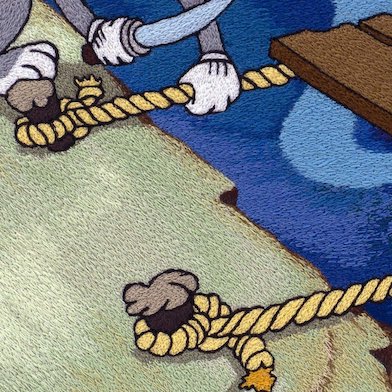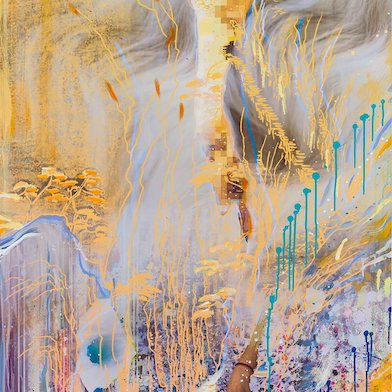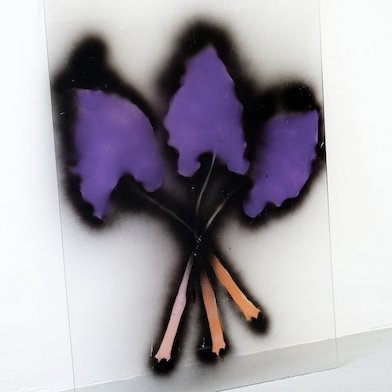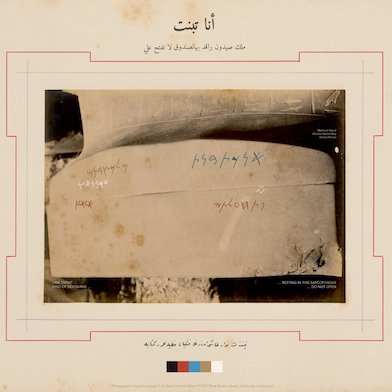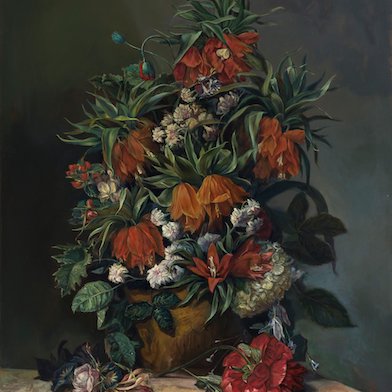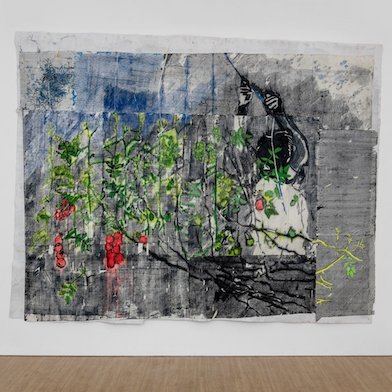Open: Tue-Sat 10am-6pm
Visit
Donald Judd: Artwork: 1980
Gagosian West 21st St, New York
Thu 12 Mar 2020 to Fri 4 Sep 2020
522 West 21st Street, NY 10011 Donald Judd: Artwork: 1980
Tue-Sat 10am-6pm
Artist: Donald Judd
Schedule Appointment
Space is made by an artist or architect; it is not found and packaged. It is made by thought.
—Donald Judd
Gagosian presents, in association with Judd Foundation, an installation of untitled, 1980, the largest single plywood work by Donald Judd. This is the first time the work has been exhibited in New York since it was originally shown at Castelli Gallery in 1981. The exhibition coincides with a retrospective of Judd’s work at the Museum of Modern Art, New York—his first major American museum survey since 1988.
Artworks
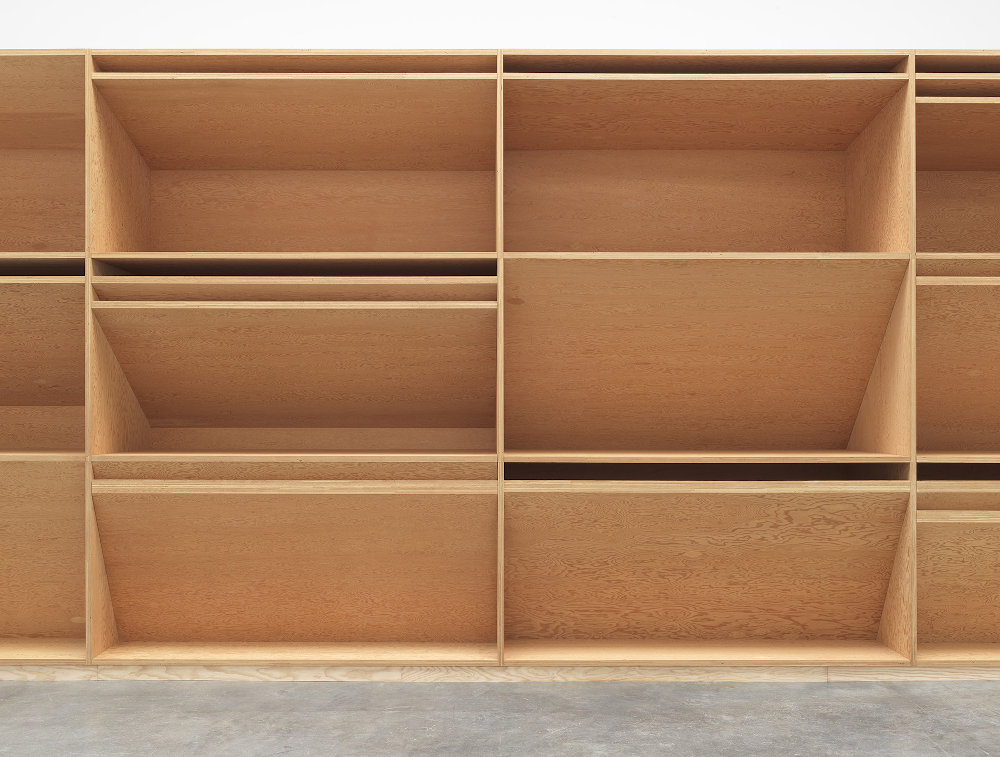
Plywood
24384.0 × 3658.0 × 1219.0 mm
© 2020 Judd Foundation / Artists Rights Society (ARS), New York. Photo: Robert McKeever. Courtesy Gagosian.
Added to list
Done
Removed
Installation Views

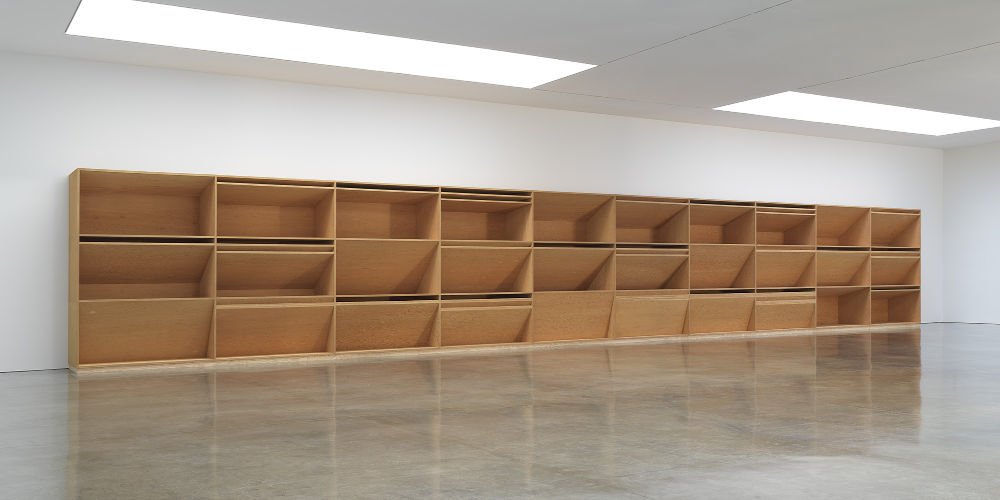
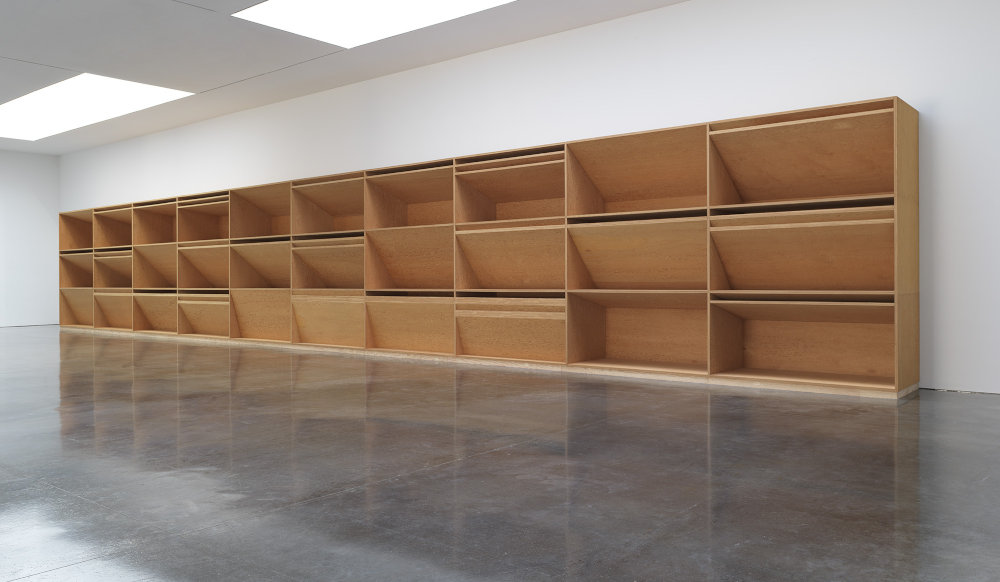
Made from Douglas fir, the work is a gridded construction in three parts, each defined by horizontal and diagonal planes. Measuring 80 feet wide, it spans the entire back wall of the 21st Street gallery. In its fusion of wall- and floor-based formats, the work confirms Judd’s mastery of light and space. It manifests his desire to realize “the simple expression of complex thought,” an idea he considered independent of the Minimalist label to which his work was—to his displeasure—often linked. Judd also used other materials at a large scale, including weathering steel (as in untitled, 1982, which is part of the collection of Western Washington University in Bellingham) and concrete (fifteen untitled works made between 1980 and 1984 that are installed at the Chinati Foundation in Marfa, Texas).
One of the most significant American artists of the twentieth century, Judd produced visual and written work that still exercises an influence across disciplines. Starting out as a painter—as well as a prolific critic and essayist—he began making three-dimensional pieces in the early 1960s, aiming to purge his practice of the illusionism associated with painting and to distance it from grand philosophical statements. Toward the end of the decade, he became increasingly driven to install works permanently, beginning at 101 Spring Street, New York. In 1973, he began acquiring buildings in Marfa with the same principle in mind, also using them as sites in which to live and work. All these spaces are today part of Judd Foundation.
In addition to his use of aluminum and acrylic sheets, Judd began making objects from plywood in the late 1970s. The neutrality of these industrial mediums—their freedom from connotation—and the precise ways in which they could be manipulated and combined allowed Judd to focus on the play and interaction of solidity and absence. The work on display at Gagosian exemplifies his emphasis on calculated proportion and schematic variation. Judd was interested in the self-aware act of looking, and in engagement with raw materials and unadorned forms.
Flavin Judd, the artist’s son and artistic director of Judd Foundation, has described the 1980 work as akin to a Bach fugue in its complexity, especially when compared to his late father’s other plywood structures. Emblematic of his ability to imbue a restricted number of seemingly austere forms with a surprising experiential richness, the work is at once reserved and imposing, an object of authoritative stillness that exerts an almost gravitational pull.
A catalogue with essays by Martha Buskirk and Rudi Fuchs will be published on the occasion of the exhibition.
Donald Judd was born in 1928 in Excelsior Springs, Missouri, and died in 1994 in New York. Collections include the Museum of Modern Art, New York; Solomon R. Guggenheim Museum, New York; National Gallery of Art, Washington, DC; San Francisco Museum of Modern Art; Tate, London; Museum Ludwig, Cologne; and Tokyo Metropolitan Art Museum. Exhibitions include the Whitney Museum of American Art, New York (1968 and 1988); Stedelijk Van Abbemuseum, Eindhoven, Netherlands (1970, traveled to Museum Folkwang, Essen, Germany; Kunstverein Hannover, Germany; and Whitechapel Art Gallery, London); National Gallery of Canada, Ottawa (1975); and Tate Modern, London (2004, traveled to Kunstsammlung Nordrhein-Westfalen, Düsseldorf, Germany; and Kunstmuseum Basel). Judd established the Judd Foundation in 1977 to preserve his art, spaces, libraries, and archives in New York and in Marfa, Texas. He founded the Chinati Foundation/La Fundación Chinati in 1986 for the permanent installation of his and his contemporaries’ large-scale works. The Museum of Modern Art, New York, will present a major retrospective of Judd’s work from March 1 to July 11, 2020.
